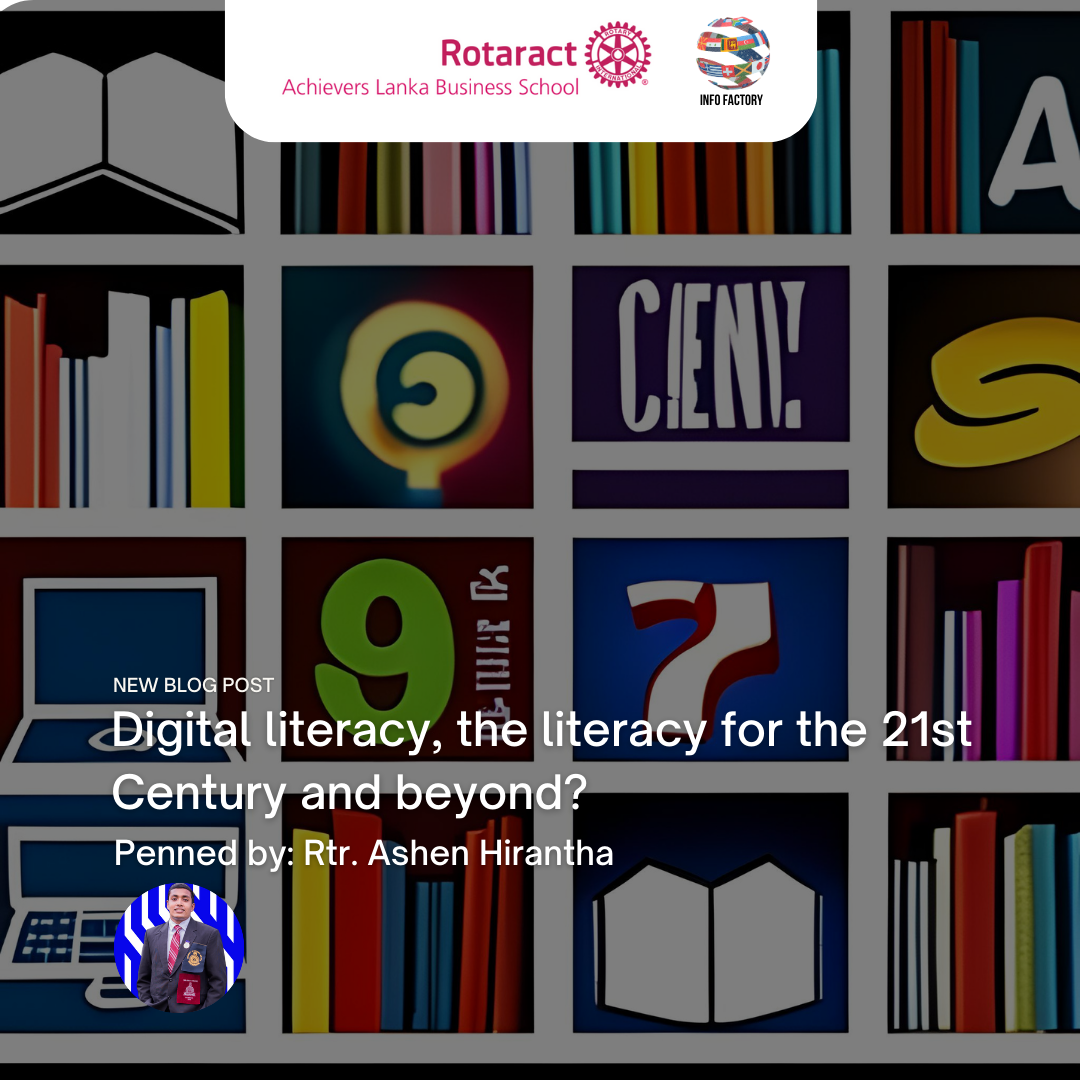Introduction
In today’s interconnected world, literacy has taken on a new dimension—one that encompasses both traditional literacy and digital literacy. While traditional literacy focuses on reading and writing skills, digital literacy extends to the ability to navigate the digital realm, access information, and utilize technology effectively. The coexistence of these literacies has created a unique challenge—the digital divide. This article explores the evolving relationship between traditional and digital literacy, its consequences, and the importance of digital literacy in bridging this gap.
Understanding the Digital Divide
The digital divide refers to the gap between those who have access to technology and the internet and those who do not. It encompasses disparities in internet connectivity, access to devices like computers and smartphones, and the ability to use digital tools effectively.

Consequences of the Digital Divide
Limited Access to Information: Those on the wrong side of the digital divide have restricted access to vast stores of knowledge, educational resources, and job opportunities available online.
Economic Disparities: The digital divide exacerbates economic inequalities. Many job applications, educational programs, and remote work opportunities require digital skills and access to the internet.
Social Isolation: In an era of digital communication, lack of access can lead to social isolation. Individuals without internet access miss out on social interactions, information sharing, and networking opportunities.
Educational Disadvantages: Students without access to digital resources may struggle to keep pace with their peers. The COVID-19 pandemic highlighted these disparities as remote learning became the norm.
Importance of Digital Literacy
Digital literacy is the ability to use digital devices and technology effectively. It encompasses skills like:
Basic Computer Skills: Knowing how to operate a computer or mobile device, use software applications, and navigate the internet.
Information Literacy: The ability to critically evaluate online information sources for accuracy and credibility.
Cybersecurity Awareness: Understanding how to protect personal information and stay safe online.
Digital Communication: Proficiency in using email, social media, and other digital communication tools.
Problem Solving: The capacity to troubleshoot common technology issues and adapt to new software or apps.
The digital divide is a pressing issue in our increasingly digitalized world. To create a more equitable society, it is crucial to bridge this gap through efforts to expand access to technology and promote digital literacy
Bridging the Gap with Digital Literacy
Access to Devices and Connectivity: Governments, NGOs, and corporations can collaborate to provide affordable devices and expand internet infrastructure to underserved areas.
Digital Literacy Training: Initiatives that offer free or low-cost digital literacy training can empower individuals with the skills needed to navigate the digital world effectively.
Incorporate Digital Literacy in Education: Schools should integrate digital literacy into their curricula to ensure students graduate with essential digital skills.
Community Centers and Libraries: Establishing digital learning centers in communities and libraries can serve as hubs for digital literacy training and internet access.
Public-Private Partnerships: Collaboration between public and private sectors can lead to innovative solutions, such as discounted internet plans for low-income households.

Conclusion
The digital divide is a pressing issue in our increasingly digitalized world. To create a more equitable society, it is crucial to bridge this gap through efforts to expand access to technology and promote digital literacy. By providing individuals with the knowledge and skills needed to navigate the digital realm, we empower them to access educational opportunities, find employment, and participate fully in the digital age. It’s not just a matter of ensuring access to technology; it’s about empowering individuals to make the most of it. Bridging the digital divide through digital literacy is not just a necessity; it’s a path to a more inclusive and prosperous future for all.
Written by: Rtr. Ashen Hirantha
